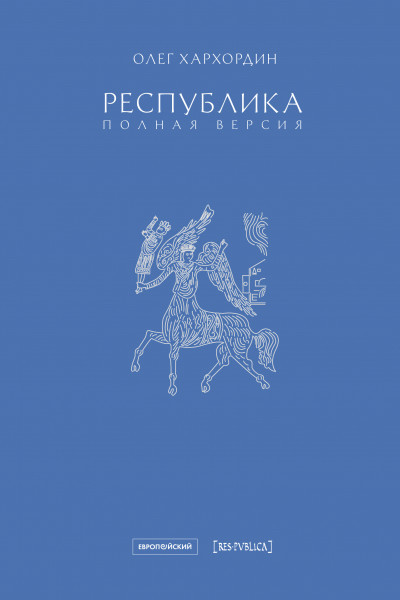
Today, most people consider a republic to be a form of government that stands in opposition to a monarchy. In the first case, people elect their rulers, in the second, tsars or kings transfer power to their heirs. However, from the time of Cicero until the American Revolution in 1776 or even the French Revolution in 1789, monarchy was seen as a form of republic. Many questions arise here. How was this possible and how, starting from the 19th century, did we come to believe that monarchy and republic are incompatible, and that a republic is immeasurably superior to a monarchy in moral terms? What does the classical Roman theory of res publica help us to see in the history of freedom in Europe and Russia, and why is liberalism in our time not the only way to defend the freedoms of an individual citizen? You can find answers to these questions in the book by Oleg Kharkhordin, a professor at the Department of Political Science at the European University in St. Petersburg, and head of the Res Publica Research Center at EUSP.